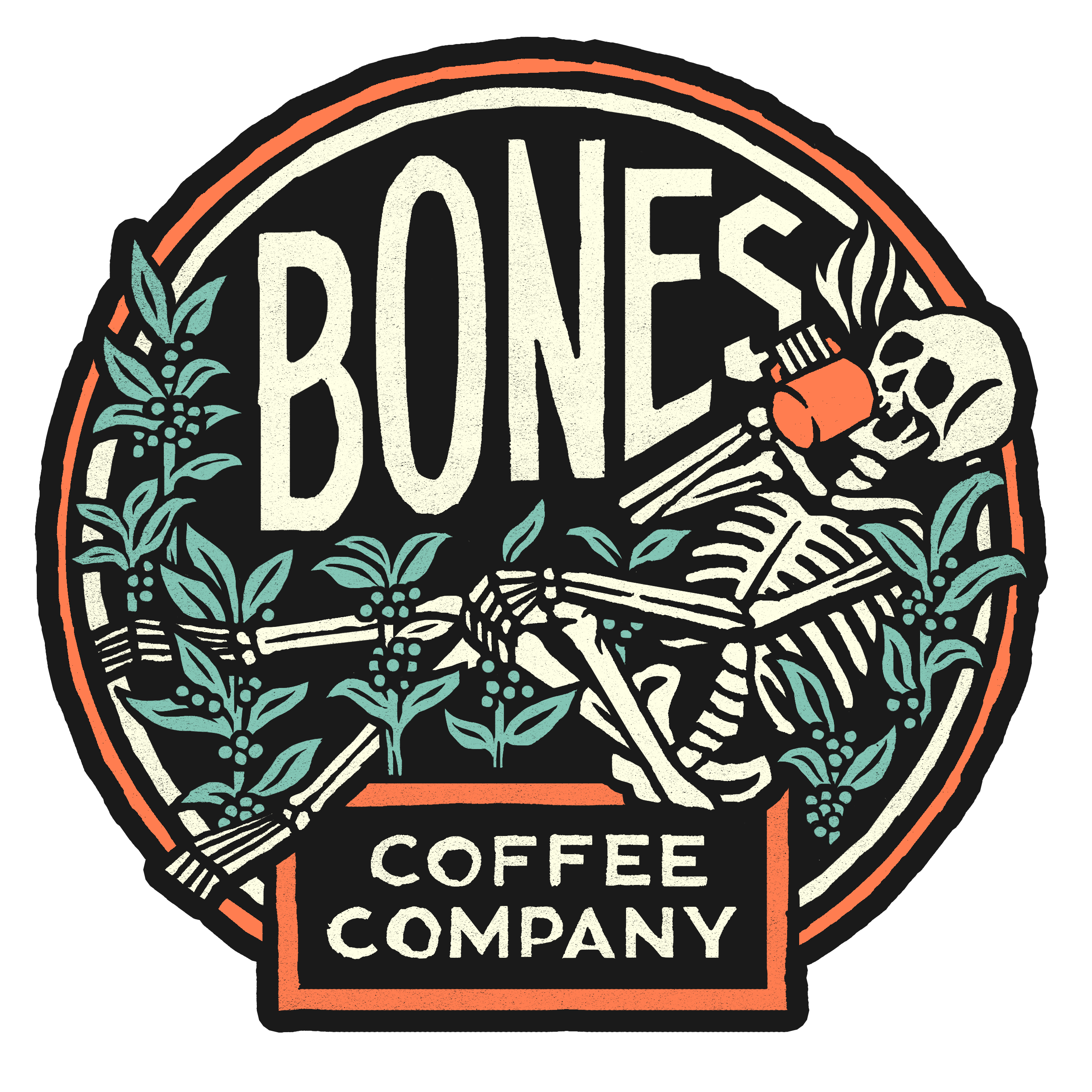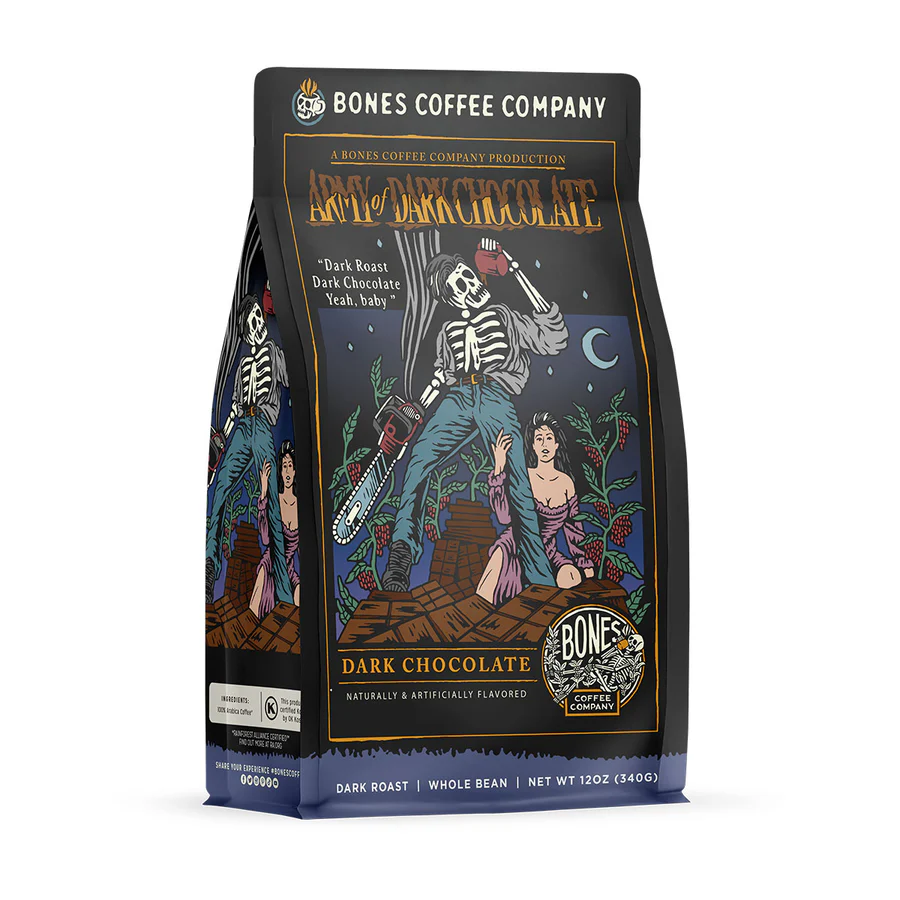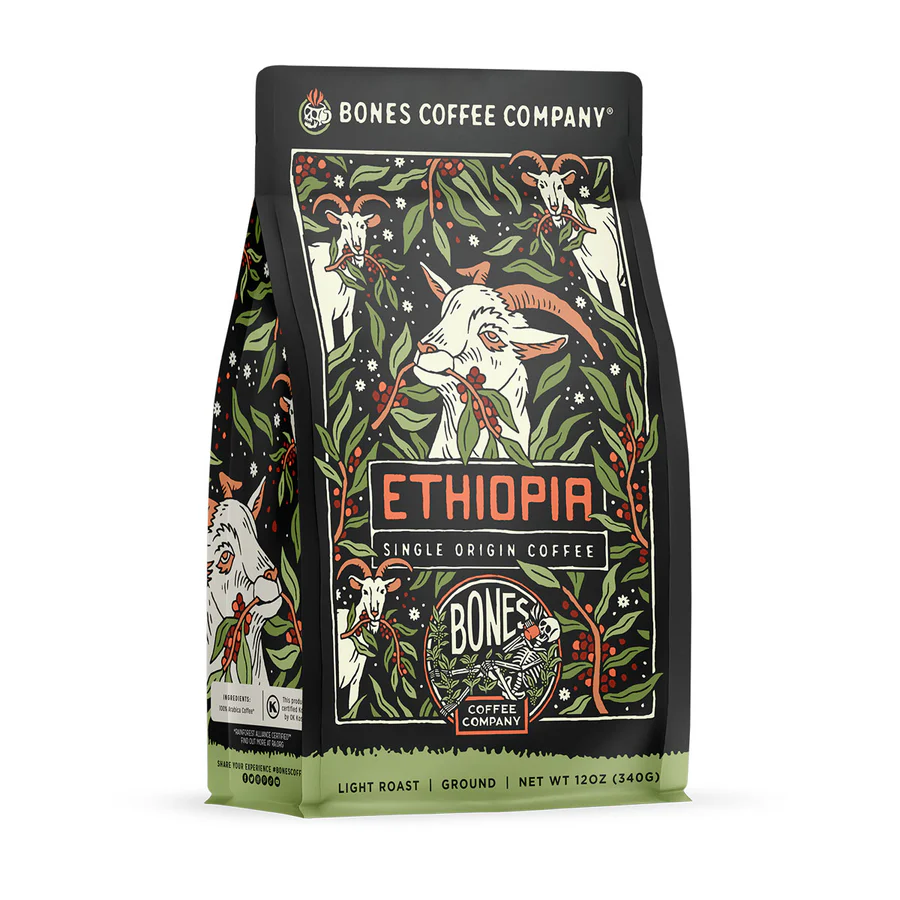Ever wonder why your coffee doesn’t taste as good as that perfect cup from your favorite café? The secret often lies in how to grind coffee beans.
Getting the grind just right isn’t just a step—it’s the foundation of the entire brewing process. Grind size can make or break your coffee, determining whether each sip is bitter and harsh or smooth and flavorful.
For dedicated coffee drinkers, mastering the art of grinding is like unlocking the full potential of their favorite beans. Ready to elevate your coffee game and transform your mornings? Let’s dive in!
Why Do You Need to Grind Your Own Coffee Beans?
Grinding your own fresh roasted whole coffee beans is the secret to a fresher, more flavorful cup. While pre-ground coffee might seem convenient, it quickly loses its delicate oils and vibrant aromas, resulting in a dull and lackluster brew. By grinding your beans just before brewing, you preserve their full flavor potential.
Using a coffee grinder at home to grind whole-bean coffee just before brewing preserves those rich, complex flavors while giving you full control over your coffee’s strength and taste. Whether you prefer bold or mild, grinding fresh ensures every cup suits your preferences.
While grinding by hand with a manual grinder or mortar and pestle can feel rewarding, it’s often too time-consuming for everyday use.
An electric grinder, however, offers the perfect balance of speed and precision, making the grinding process both effortless and efficient. These modern tools have revolutionized the art of brewing coffee, allowing you to achieve the perfect grind with ease.
Pairing the right grinder with freshly roasted beans can transform your morning ritual from routine to exceptional—stay tuned as we dive into the best grinding techniques to elevate your coffee game!
Is Grind Size Important for Coffee?
Grind size plays a vital role in the flavor, aroma, and overall quality of your coffee. When you grind coffee beans, the particle size determines how effectively water extracts oils and flavor compounds from the grounds.
Each grind size directly impacts how long water remains in contact with the coffee during brewing, influencing the balance of flavors in your cup. Starting with whole beans and using high-quality coffee grinders ensures you achieve the right grind size and unlock the best taste.
Use this quick reference for a perfectly crafted cup:
Brewing Method | Ideal Grind Size | Description |
Espresso | Fine | Powdery grind ensures maximum pressure for rich flavor. |
French Press | Coarse | Chunky, sea-salt-like grind prevents sediment in your cup. |
Pour-Over | Medium | Granulated sugar-like texture balances flavor. |
Cold Brew | Extra Coarse | Large, chunky grind for extended steeping times. |
The grind rule for coffee is simple: grind size must match your brewing method to ensure proper extraction and optimal flavor. Using fresh roasted beans paired with the right grind is essential to unlock their full potential.
A finer grind is critical for espresso, as it allows pressure to extract bold, concentrated flavors quickly. In contrast, coarse grounds are ideal for slower methods like French press or cold brew, where steeping requires larger particles to prevent over-extraction.
If the grind is too fine, it can over-extract, resulting in a bitter brew. On the other hand, a grind that’s too coarse risks under-extraction, leaving the coffee weak and sour. Finding the right balance lets you produce finer coffee grounds or coarser ones based on your method and preferences.
Experimenting with grind size can reveal entirely new flavors and characteristics in your favorite beans. Adjusting just a small detail can transform your coffee experience into something extraordinary!
Do the Beans Really Matter?
 | Espresso | 12oz
|
Absolutely. High-quality roasted coffee beans are the cornerstone of every exceptional cup, shaping its flavor, aroma, strength, and overall balance.
Grinding coffee beans at home, instead of relying on pre-ground coffee, elevates this experience—especially when matched with the right brewing methods.
Freshly grinding just before brewing allows you to extract the beans' full range of flavors while giving you precise control over strength, body, and acidity. Using whole coffee beans ensures you unlock their maximum potential.
With small-batch roasting techniques, each bean’s natural depth is showcased, creating bold, vibrant flavors.
Did You Know? The term "espresso" comes from the Italian word for "expressed" or "pressed out"? This refers to the method of forcing hot water through finely ground coffee. |
What is the Proper Way to Grind Coffee Beans?
Learning how to grind coffee beans properly is essential to crafting a high-quality cup of coffee. While choosing the right coffee grinder—like a burr grinder for consistent, even grinds versus a blade grinder for speed—is key, there are other factors that greatly impact the result.
Timing is crucial. Always grind coffee from whole beans right before brewing to maximize freshness. Coffee loses its oils, flavors, and aromas minutes after grinding, so freshly ground beans are essential for the best flavor and aroma.
For a smoother grinding experience, try the "Ross Droplet Technique." Adding a tiny drop of water to your whole beans before grinding helps reduce static cling, preventing coffee grounds from sticking to the grinder or clumping together.
This is especially helpful when grinding lighter roasts or using a burr grinder in dry environments. Master these techniques, and every brew will be as fresh and flavorful as possible.
Pay attention to grind consistency, as uneven grinds can cause over-extraction (bitter flavors) or under-extraction (weak coffee).
A burr coffee grinder is your best tool for achieving even particles, though using short pulses and shaking a blade grinder can help minimize inconsistencies. Adjusting the grind setting on your coffee grinder can also ensure you get the right particle size.
As a general guide, use 10 grams of ground coffee (roughly 2 tablespoons) per 6 ounces of water, tweaking the ratio to match your taste—more beans for a bolder brew or fewer for a lighter cup. Consistency and precision are key to unlocking a great flavor profile in every cup.
Pro Tip: Always keep the container in a cool, dry place, away from heat sources or humid areas like stovetops or sinks. If you buy beans in bulk, divide them into smaller portions to limit air exposure each time you open a container, ensuring the rest remain fresh longer. |
Common Mistakes to Avoid When Grinding Coffee Beans
Grinding coffee beans the right way is essential for preserving their flavor and aroma. Here are common mistakes to avoid when grinding, along with practical tips to elevate your brew:
Overheating the Beans While Grinding
Heat from grinding beans can strip them of their delicate oils, resulting in a burnt or bitter-tasting brew.
High-speed blade grinders tend to generate more heat, which can quickly degrade flavor, while burr grinders operate at slower speeds to minimize heat buildup and preserve the beans' natural qualities.
To prevent overheating, avoid grinding large batches all at once and use short bursts during the process to keep the temperature low and your coffee tasting its best.
Not Measuring Your Grind Consistency
Overlooking grind consistency is a common mistake that can ruin your coffee. Using the wrong grind size disrupts extraction, resulting in weak, sour, or overly bitter flavors.
Adjust your grind settings to match your preferred method of brewing. If your coffee tastes sour, adjust to produce coarser grounds. If it’s too bitter, move to a finer grind. Refining your settings helps ensure proper extraction, unlocking the perfect flavor profile for every cup.
Grinding in Advance
Grinding coffee in advance might seem convenient, but it significantly impacts quality and flavor. Once coffee beans are ground, their freshness rapidly declines due to oxidation, which breaks down oils and aromas. Within minutes, the beans lose their delicate notes, leaving you with a flat, lifeless brew.
This is especially important for single-origin coffees, like Costa Rica Single-Origin Coffee or Sumatra Single-Origin Coffee from Bones Coffee, which are prized for their nuanced, region-specific profiles. Grinding these beans as close to brewing time as possible ensures you experience the vibrant, authentic flavors.
Did You Know? Coffee beans lose up to 60% of their aroma within 15 minutes of grinding—grind only what you need on demand. |
Neglecting Grinder Maintenance
A dirty coffee grinder, whether a burr grinder or blade grinder, can ruin the flavor of fresh coffee by adding bitterness or stale notes from leftover residue.
Over time, coffee oils and grind buildup not only degrade taste but also increase friction during use, especially in a blade grinder, potentially causing overheating. This can affect the consistency of your grind and the overall quality of your coffee.
To keep your coffee flavorful and your burr grinder or blade grinder functioning at its best, clean it regularly. Use a brush or canned air to remove old grinds and oil residue, ensuring every batch starts with a clean, fresh foundation. Plus, spent grounds can also definitely be used as fertilizer.
Elevate Your Brew with Better Beans
Grinding coffee beans properly is essential to unlocking their full flavor potential. Unlike pre-ground options, freshly ground beans retain their delicate oils and vibrant aromas, ensuring a richer and more satisfying brew.
By understanding how to grind coffee, selecting the right tools, and avoiding common mistakes, you can create the perfect cup. Master the grind, and every cup becomes a flavorful adventure.
Ready to upgrade your coffee game? Explore Bones Coffee Company’s expertly roasted varieties, with over 30 unique flavors crafted in small batches for ultimate freshness. Transform your mornings—shop now and enjoy free shipping on orders over $75! For inquiries, contact us at Support@BonesCoffee.com.










